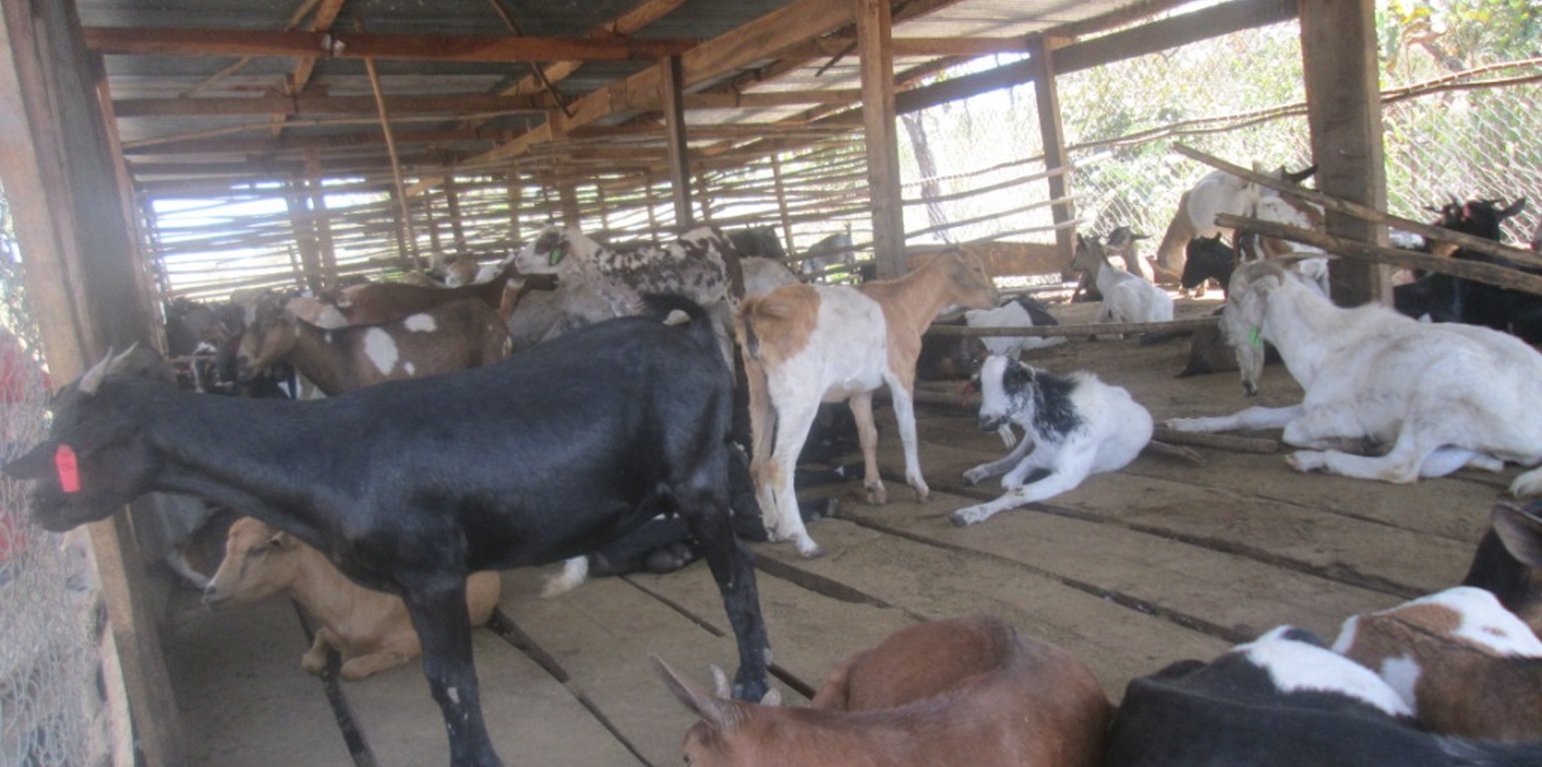



Small ruminants (goats) produce significant quantities of nutrient rich manure, which is useful for replenishing soil fertility for crop production. In Northern Uganda, this technology involves several goats, raised in a shade constructed often of wooden materials. An average shade covers about 10 m by 2.5 m, and raised up to 0.5 m off the ground to protect the ruminants from vermin such as snakes and rats, as well as rainwater flooding. The ground floor may be cemented so that the droppings are kept free from mixing with other pesticides and various chemicals used to control external parasites that may contaminate the manure. The droppings generated by the animals are collected from underneath the shade and heaped in a pit for composting. The pit is covered for about two weeks using a grass and soil or polythene paper. After this period, the compost manure is mature and is ready for application in the fields to increase production. Because this technology involves goats, it is relatively easier and cheaper to maintain than the case of cattle in terms of feeding and maintenance. Besides, it is more efficient in providing manure for soil fertility improvement since the droppings generated by the animals are collected from underneath the shade and heaped in a pit for composting and collected over time. Moreover, the demand for goat meat is often high, thus its price remains steadily high during the year. To be able to manage this technology and to achieve desired benefits, the farmer must keep in contact with the extension worker for veterinary services because goat diseases are rampant in the region and vary from simple skin ailments, diarrhoea to severe conditions causing, loss of weight, abortion and death. The most common infections include; Scours that are more common in young goats and dirty pens caused by bacteria, coccidia, worms or even showing the following signs; loss of appetite, diarrhoea (yellow to red discoloration), pasting of faeces under and around the tail, loss of weight and high temperature. Goats are well known for their strength and resilience to diseases. However, this does not necessarily mean that they are never affected. This often accounts for a substantial part of the cost of production.
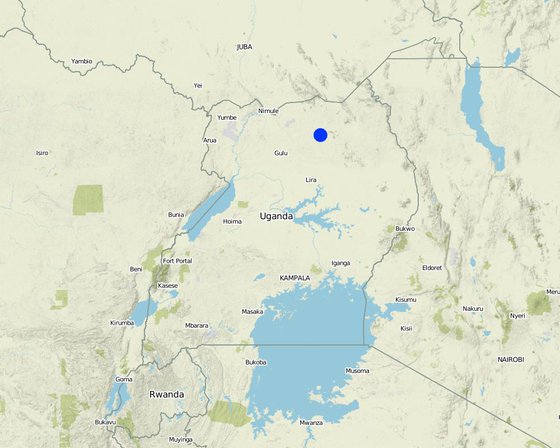
Байршил: Town, Western Uganda Region, Уганда
Дүн шинжилгээнд хамрагдсан технологи нэвтрүүлсэн газрын тоо: нэг байршилд
Технологийн тархалт: тодорхой газар хэрэгжсэн/ жижиг талбайд төвлөрсөн
Тусгай хамгаалалттай газар нутагт?:
Хэрэгжилтийн огноо: 2015; <10 жилийн өмнө (саяхны)
Нутагшууллын төрөл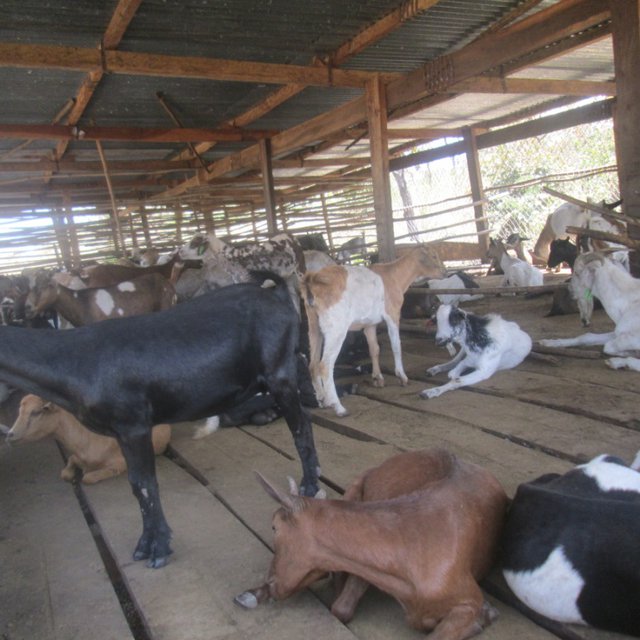








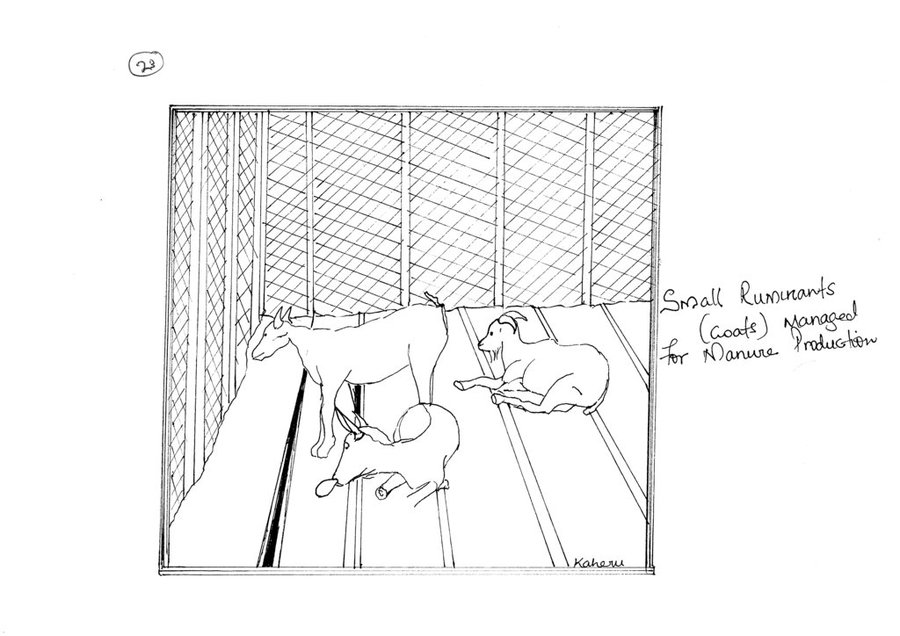
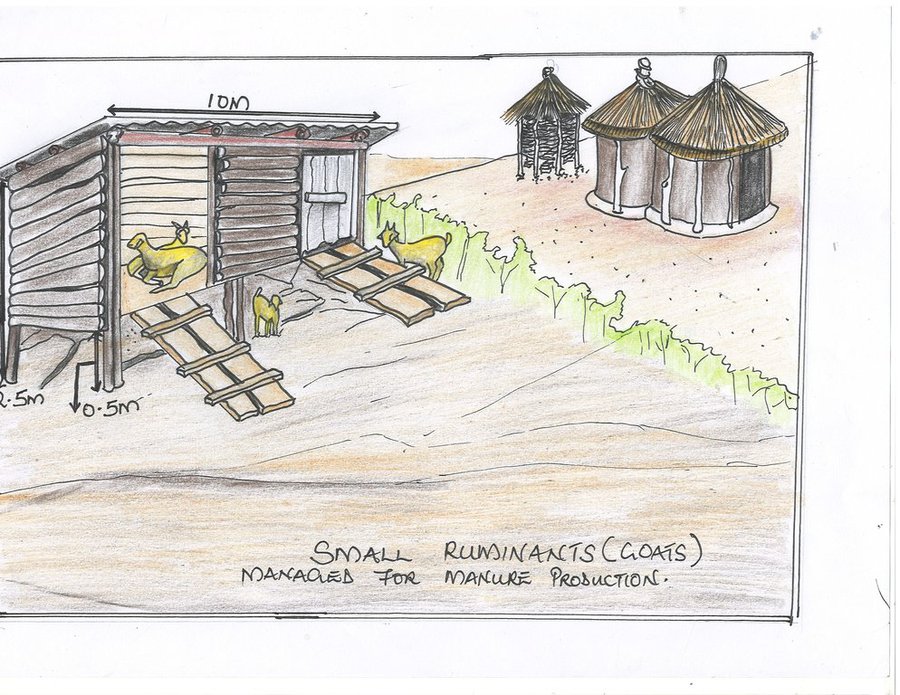
| Зардлын нэр, төрөл | Хэмжих нэгж | Тоо хэмжээ | Нэгжийн үнэ (UGX) | Зардал бүрийн нийт өртөг (UGX) | Нийт дүнгээс газар ашиглагчийн төлсөн % |
| Хөдөлмөр эрхлэлт | |||||
| Labour for construction on daily basis | persons | 3.0 | 5000.0 | 15000.0 | 100.0 |
| Барилгын материал | |||||
| poles | Pieces | 20.0 | 3000.0 | 60000.0 | 100.0 |
| iron sheets | Pieces | 5.0 | 20000.0 | 100000.0 | 100.0 |
| Nails | kgs | 5.0 | 3000.0 | 15000.0 | 100.0 |
| wire mesh | kgs | 20.0 | 50000.0 | 1000000.0 | 100.0 |
| Технологи бий болгох нийт үнэ өртөг | 1'190'000.0 | ||||
| Зардлын нэр, төрөл | Хэмжих нэгж | Тоо хэмжээ | Нэгжийн үнэ (UGX) | Зардал бүрийн нийт өртөг (UGX) | Нийт дүнгээс газар ашиглагчийн төлсөн % |
| Хөдөлмөр эрхлэлт | |||||
| labour on daily basis | persons | 3.0 | 5000.0 | 15000.0 | 100.0 |
| Технологийн арчилгаа/урсгал үйл ажиллагаанд шаардагдах нийт үнэ өртөг | 15'000.0 | ||||
Due to application of manure.
Income increased from the sale of goats and the sale of maize.
From goats, sheep, and maize.
Due to application of animal manure.
Due to controlled grazing.